Grooming Guide: Maintaining Your Pet’s Health and Hygiene

Why is it important?
As devoted pet owners, we embark on a journey of love and responsibility, cherishing our furry companions and ensuring their happiness. Yet, amidst the cuddles and play, one crucial aspect often takes centre stage—proper pet hygiene. This seemingly mundane routine holds the key to shielding our beloved companions from potential illnesses and preserving their overall health and vitality.
Moreover, for households with young children, elderly individuals, or those with compromised immune systems, maintaining your pet’s hygiene becomes even more critical in creating a safe and healthy environment for everyone.
1. Brushing the Fur
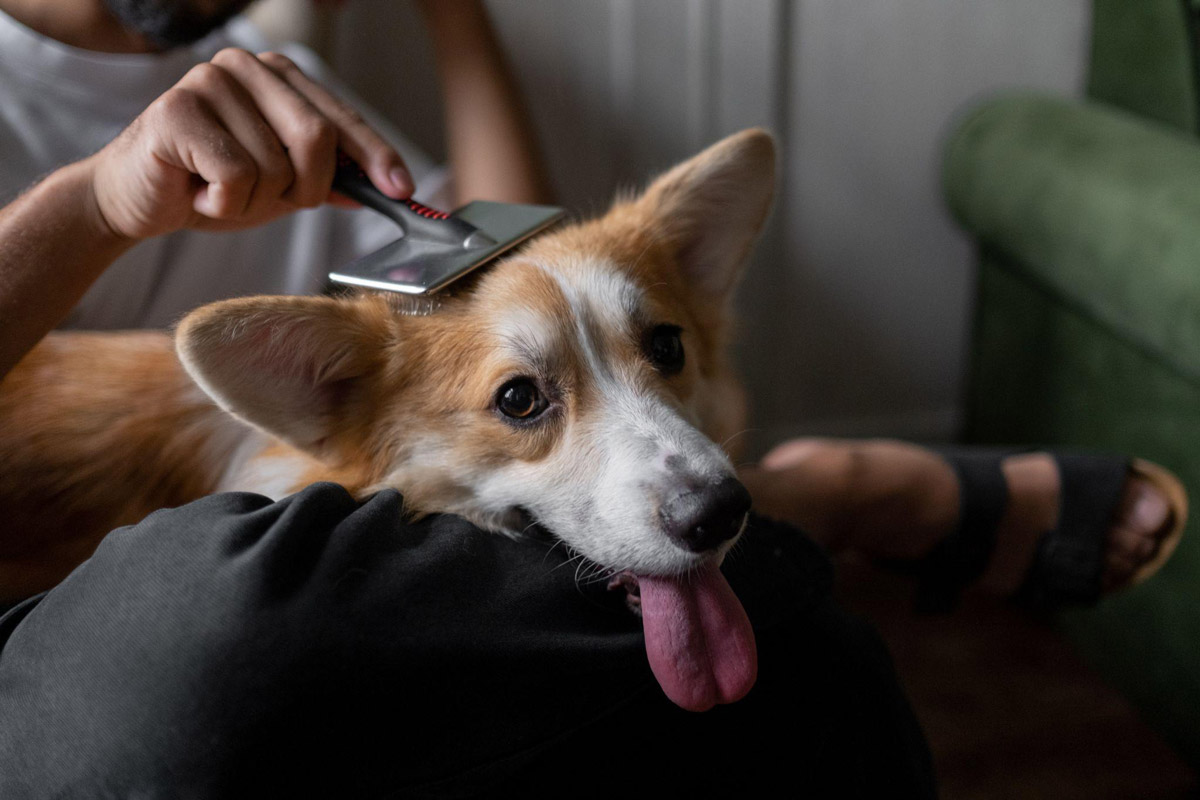
Source: Pexels
Brushing your pet regularly is important to remove any dirt that would stick to their fur, and to prevent it from being tangled. For pets that have shorter hair, it is advisable to brush their hair on a weekly basis, depending on how fast their hair grows.
While for pets that have longer fur, it requires more daily brushing and attentive care. This is particularly crucial for pets with fur that is prone to matting or those with a double-coated coat.
Brushing serves not only to keep your home hair-free but also to make your pet’s fur softer, and cleaner, and ensure their comfort while minimising shedding. Choosing the appropriate type of brush or comb designed specifically for pets is crucial to achieving the best results.
How to: Use a pet comb and ensure to comb away from the skin, following the direction of the coat growth. If you come across a tangle, handle it with care to avoid causing any discomfort to your pet. For more stubborn knots, you can apply a small amount of conditioner before using the comb to gently separate the tangle. This will make the process easier and more comfortable for your furry friend.
2. Bathing
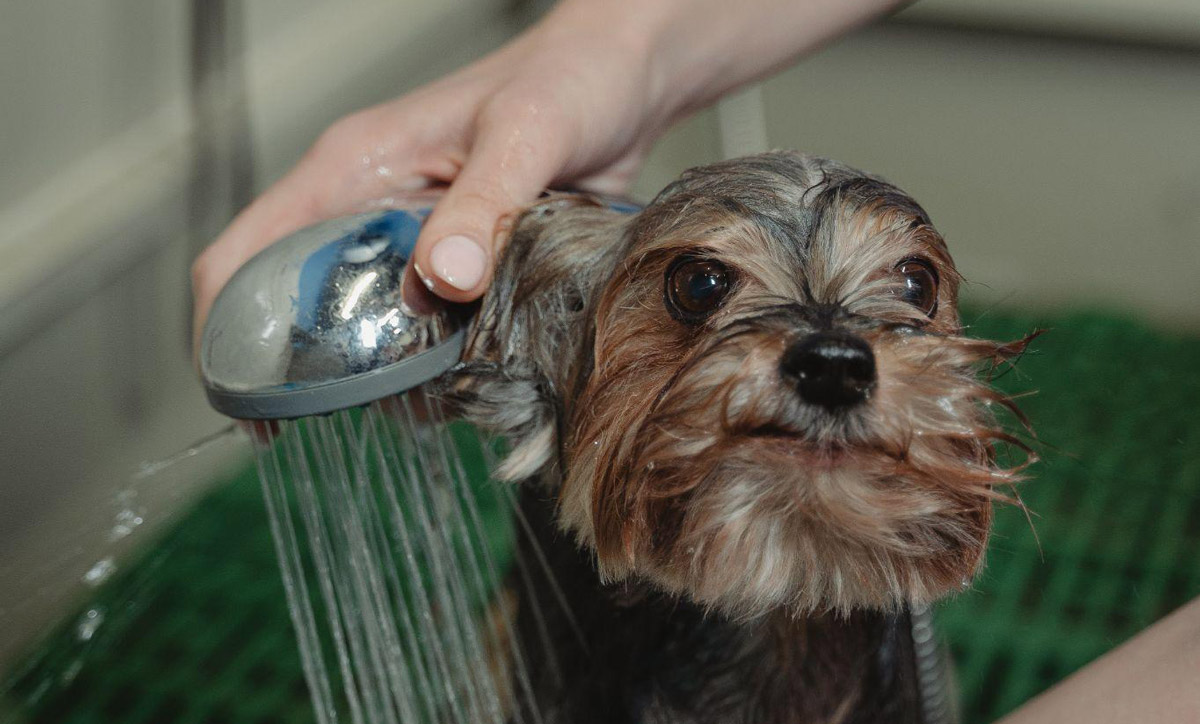
Source: Pexels
The frequency of bathing your pet depends on the length of their fur. Generally, pets with shorter fur should be bathed once per month, while breeds with longer fur should be bathed twice a month. When bathing your pet, make sure to use a specially formulated shampoo that is tailored to their specific coat type. This will help keep their fur in optimal condition and maintain its natural shine and texture. After bathing, it is crucial to ensure that your pet’s hair is completely dry.
How to: Get your pet’s shampoo into a lather before rubbing the shampoo into their fur. Ensure you let the shampoo sit for a few minutes to get the coat fully saturated with shampoo before rinsing it with lukewarm water. Washing your pet’s face should be left as the last step as it is the most sensitive area. It is recommended to use a soapy washcloth to wash your pet’s face before using a clean washcloth to rinse it.
Important to note: After bathing, thoroughly dry your pet with a towel or a hair dryer on low heat. Make sure their fur is completely dry to avoid potential skin diseases.
3. Dental Hygiene
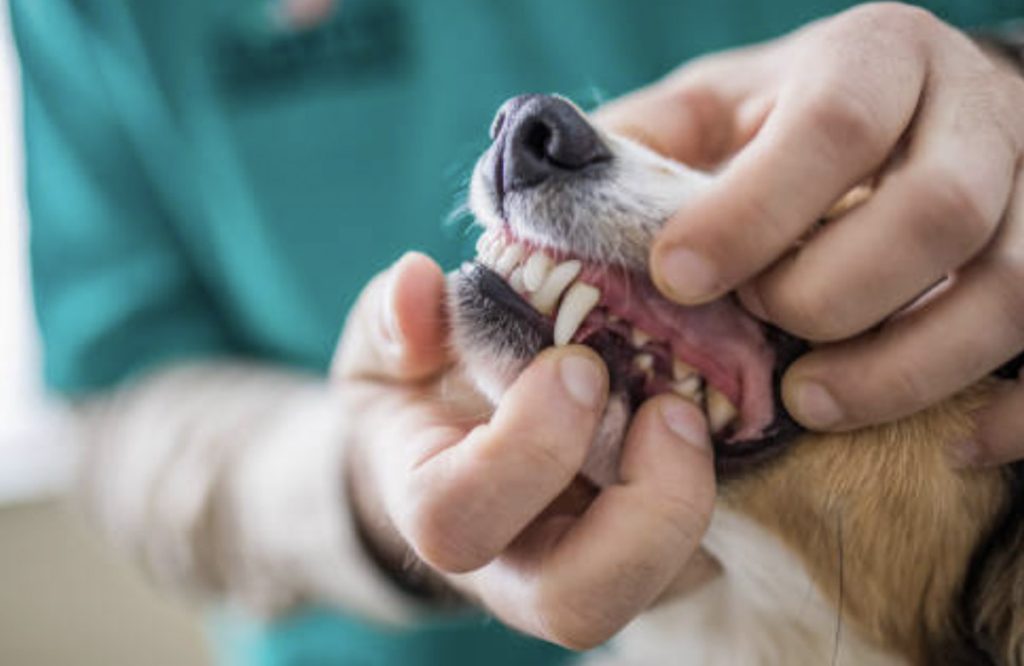
Source: istock
In the hustle and bustle of our daily lives, it’s all too easy to overlook the dental hygiene of our beloved pets. As responsible pet owners, we owe it to our loyal companions to prioritise their dental health. Taking proactive steps to maintain their oral hygiene can save them from unnecessary pain and distress.
To ensure your pet’s oral health, start by acquiring a toothbrush specifically designed for pets and a toothpaste that suits their breed and won’t cause any harm. Introduce the toothbrush and toothpaste gradually, allowing your pet to get accustomed to the process. Aim to brush their teeth at least 2 or 3 times a week to keep their mouth healthy and free from dental issues. Taking these simple steps will benefit your pet in the long run and prevent potential regrets in the future.
How to: Brushing in small, circular motions is key to achieving a thorough clean. However, be mindful of keeping the motions smooth and quick for each area, as your pet may find it difficult to remain still during the process.
4. Trimming the nails
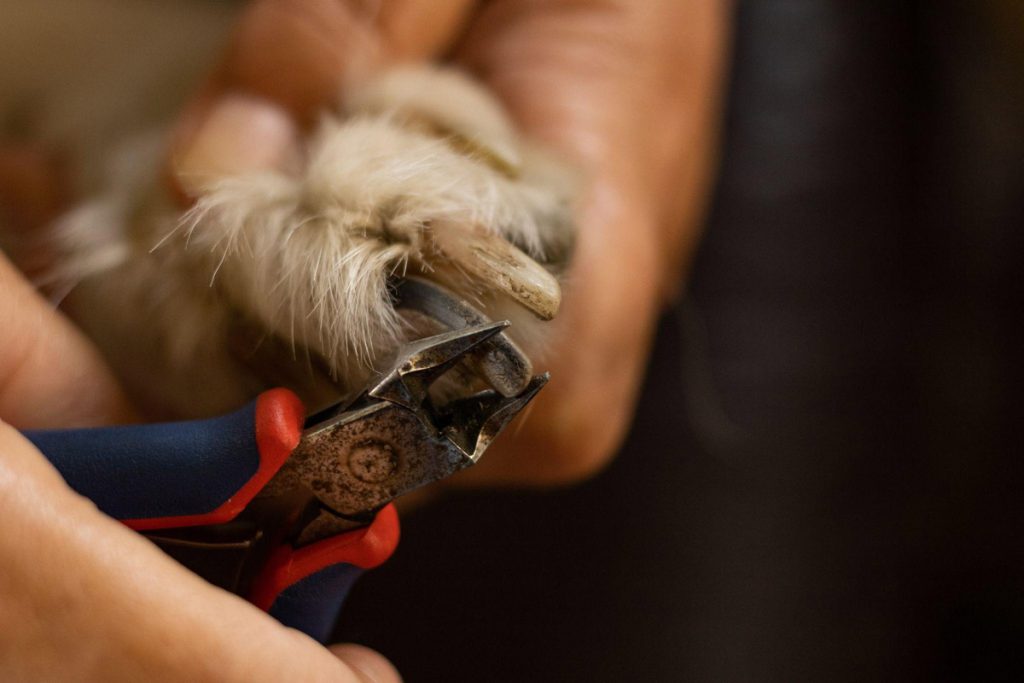
Source: Pexels
While grooming your pet, it’s easy to overlook the importance of nail care. However, neglecting their nails can significantly impact their comfort and well-being. If left unchecked, overly long nails can curl back and cause discomfort while your pet walks.
To prevent this issue, it’s essential to trim your pet’s nails regularly using a pet nail trimmer. Aim to do this every 2 to 3 weeks to maintain the appropriate nail length. By keeping their nails at an optimal length, you can ensure your pet’s comfort and prevent any potential discomfort or pain while they go about their daily activities.
How to: When trimming your pet’s nails, focus on clipping only the tip of each nail in a straight line across. It’s crucial to avoid cutting beyond the curved part of the nail to prevent accidentally hitting the quick, which is the pink area containing blood vessels.
5. Getting a haircut
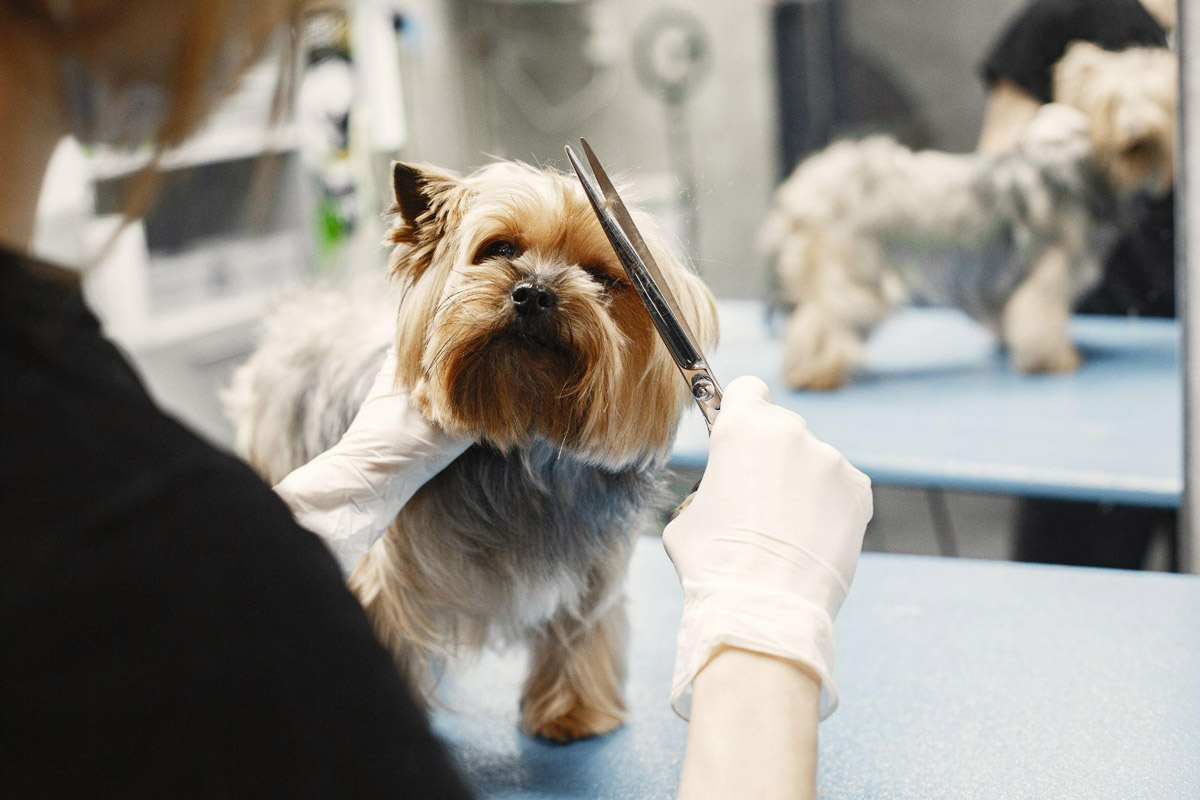
Source: Pexels
Just as we trim our hair when it gets too long, our pets also benefit from a haircut when their fur becomes uncomfortably long. Taking them to a professional groomer not only helps them look presentable but also serves as an important aspect of their overall health and well-being.
Regular grooming and trimming of their fur help eliminate shedding, fleas, and ticks, keeping them clean and comfortable. Beyond aesthetics, a haircut can reveal potential health problems or issues with their coat. Groomers might notice skin conditions, matting, or other abnormalities that might otherwise go unnoticed.
Guide to Your Pet’s Happiness
By following this comprehensive grooming guide, you can ensure that your pet remains happy, healthy, and comfortable. Investing time and effort in your pet’s grooming routine will undoubtedly pay off in their overall well-being, creating a stronger bond between you and your beloved furry companion. So, let’s take the lead in grooming our pets, providing them with the care they deserve for a joyful and healthy life together.







